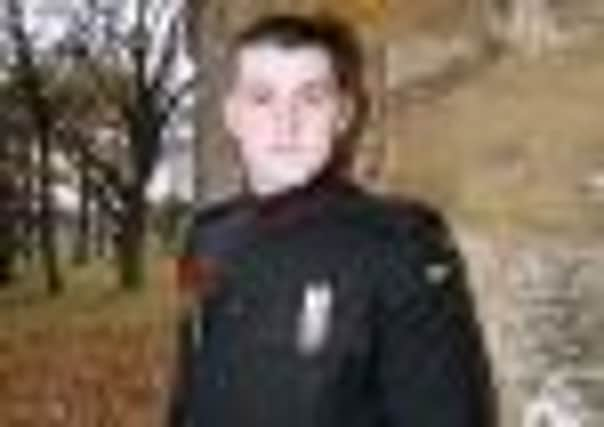US helicopter gunned down British soldier in own base


Lance Corporal Christopher Roney, 23, of 3rd Battalion The Rifles, died from head injuries he suffered while serving at
Patrol Base Almas, in Sangin, Helmand, in December 2009.
The base had come under attack from insurgents and the platoon based there were busy fighting them off when air support was called in, Sunderland coroner Derek Winter said.
Advertisement
Hide AdAdvertisement
Hide AdTwo US Apaches and a drone fitted with a camera flew to the patrol base, a compound with mud walls that had been bought from a local owner some weeks before and was not on official maps.
British troops on the ground, who by this stage had won a firefight against their attackers, were incorrectly identified as the enemy and they were hit by 30mm chain gun rounds.
Mr Winter said 200 rounds were fired before the mistake was spotted, leaving 11 injured on the ground.
L/Cpl Roney, a married former drayman, received emergency treatment but died from his injuries the following day.
Mr Winter said the mistaken view that the British base was an insurgents’ compound was shared with key personnel.
This was despite the patrol base, 3km from Forward Operating Base Jackson, having a flagpole, a washing line, defensive constructions and personnel who were not dressed like the enemy, Mr Winter said.
The coroner was yesterday summarising the evidence he expected to hear during the week-long inquest.
Statements have been given by the American pilots and co-pilots, which will be read later.
Advertisement
Hide AdAdvertisement
Hide AdRetired Lieutenant Colonel Nicholas Kitson, who watched live pictures of the attack, said it was a “tragic incident”.
In his opening statement, Mr Winter said throughout the incident the US Apache helicopter crews were not informed of, nor did they ask for, the exact location of Patrol Base Almas.
He said: “As a consequence, they were unaware that the compound they were observing and in which they believed they had positively identified insurgents was, in fact Patrol Base Almas.”
He described how, with “total disorientation” now in place, the Apaches were authorised to engage. “Fused by the overwhelming belief that Patrol Base Almas was at risk of being overrun, the subsequent reactions and
actions to these events created a devastating cumulative effect,” he said.
Mr Winter said that due to the involvement of the US helicopters, the number of personnel and the different locations, the sequence of events was highly complex. As a result, he said he would consider all that was visible in the context of a base that was not on the map.
He also stated he would take into consideration the “cumulative human factor elements in this tragic incident” as well as any lessons learnt.
In his evidence, Lt Col Kitson said the base at Almas was one of the hardest for the army to defend. “By the end of the tour, Almas still remained the trickiest, as we had limited vehicle
access,” he said.
Advertisement
Hide AdAdvertisement
Hide AdHe said that on the footage he was watching of the attack, it was impossible to identify those on screen. He said: “We could see black blobs running around, but it’s just a blob.
“There’s no way at that distance of identifying the people.
“I could see muzzle flashes and projectiles being launched, but I was the victim of my own assumptions.”
The inquest was adjourned for the day.